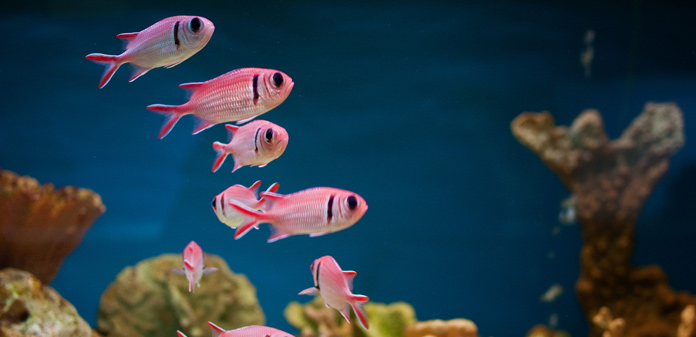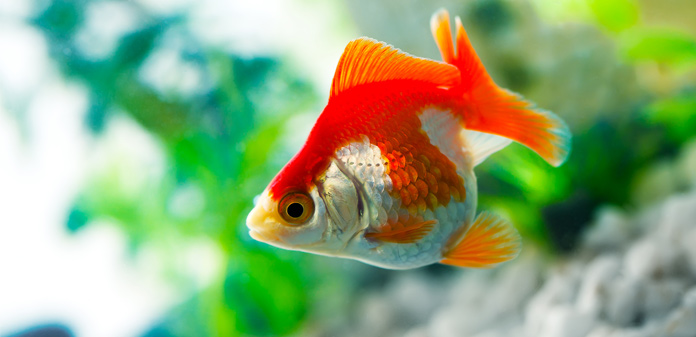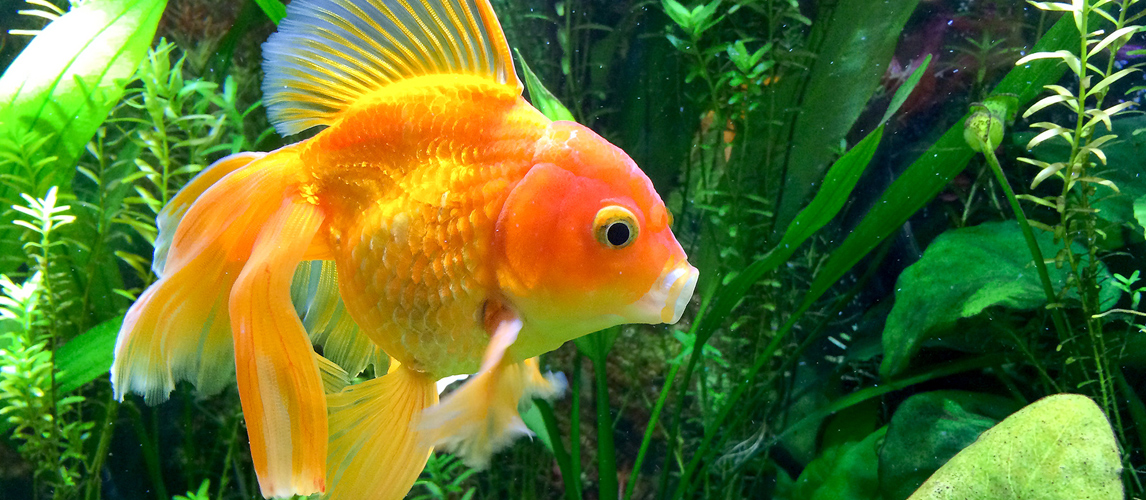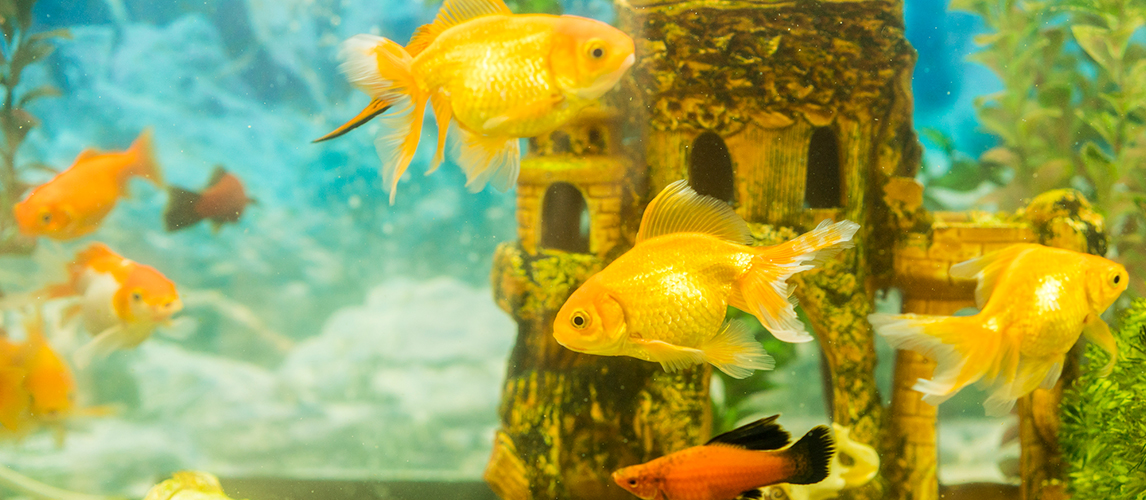Watching fish has long been associated with many positive health benefits, including lower blood pressure and lower stress levels. However, these and other benefits are likely to be short lived if you discover your fishy friends floating on their sides.
One common cause of death among fish in fresh water aquariums is the pH level of the water. The pH level of your tank needs to be consistent and in the right range for the fish that you keep. However, generally, fresh water fish require a pH that is on the low side.
There are several reasons why the pH level in your aquarium can rise, the most common being that the wrong type of aquarium substrate is being used. Poorly working filters, the inclusion of coral or certain plants, rocks or shells can also affect the pH levels of your aquarium. The good news, however, is that you can lower the pH levels in your aquarium relatively easily, using the methods described below.

Improve the Aquariums Filtration
Inadequate filtration can affect the pH of your aquarium, so your filter should be the first thing you check. If it is not working, then repair or replace it as soon as possible. If it is working, but is not effectively maintaining the correct pH level, then consider upgrading to a larger filter or adding a second filter to your set up. If you have a bio filter, take care not to remove the bacteria that it necessary to maintaining the balance in your aquarium. Rinse it gently under water once a month to remove any clogs, check for problems and then return to your aquarium.
Driftwood
If you are looking for a natural way to change the pH level of your aquarium adding driftwood could be the answer. Driftwood that is fibrous and course is the best as it filters the water in much the same way as rock, sand and grit layers do in the earth. Driftwood can change the color of your water, so it is best to soak it for a few days prior to adding it to your aquarium. It is also important to avoid driftwood that is treated for use in a reptile vivarium as this may contain chemicals that are dangerous for your fish.
Peat Moss
Peat moss in your aquarium works in much the same way as driftwood. It too can also discolor the water and should be soaked for a few days before being added to the aquarium. Peat moss floats, so it is best placed in a filter bag to keep it in place. If you don’t have a filter bag, then pantyhose will do the same job. Be careful not to add too much peat moss to your aquarium as it may lower the pH level too far. It takes a while to show any change, so add a small amount, wait, and test the water before adding any more.
Almond Leaves
Almond leaves are another natural way to reduce pH levels in aquariums. While they contain tannins that can change the color of the water, compared to driftwood or peat moss the change is barely noticeable. Almond leaves also contain an anti-inflammatory function, and can cure, or even prevent, certain fish diseases. A further benefit is that they look good in the aquarium.

Decrease Aeration
Reducing the level of oxygen in your aquarium causes the levels of carbon dioxide to increase, which in turn leads to lower pH levels. While this is a simple and cost-effective way to lower pH levels, it should be done with care. Your fish still need oxygen to survive, so don’t lower the oxygen level too far. Getting the balance right requires small changes and regular testing.
Reverse Osmosis Filter
Reverse osmosis requires a specialized partially permeable filter and removes nearly 100% of the contaminants present in an aquarium that can cause a rise in pH levels. It allows small ions to pass through, while stopping larger ions that are harmful to your fish, like chlorine and lead. A good quality osmosis filter can be costly but represents value for money, however, they are quite bulky so are only really suitable for larger aquarium set ups.
Vinegar
It is possible to lower the pH level of your aquarium by adding vinegar to the water. It works in two parts. Firstly, hydrogen ions are released by the acetic acid. This happens immediately and is known as ionization. The second part happens over a period of hours. Bacteria and other organisms metabolize the acetate using oxygen and releasing carbon dioxide. As with decreasing aeration, the difficulty is getting the balance between oxygen and carbon dioxide right.
Chemicals
Chemical options should be a last result and should only be attempted after getting professional advice. It only takes very small miscalculations in the amount of chemicals used to make your fish very sick and potentially to kill them. It is always advisable to try the other options on this list first.
Conclusion
While lowering the pH of your freshwater aquarium is not difficult, it is a task that should be approached with care. The important thing is to get the quantities right, regardless of the method you use. Too much driftwood can be just as detrimental to your fish and their environment as too much vinegar. Too little and you won’t achieve the desired effect and could still end up with sick fish. Take your time, add new elements slowly and test the water at each step.






